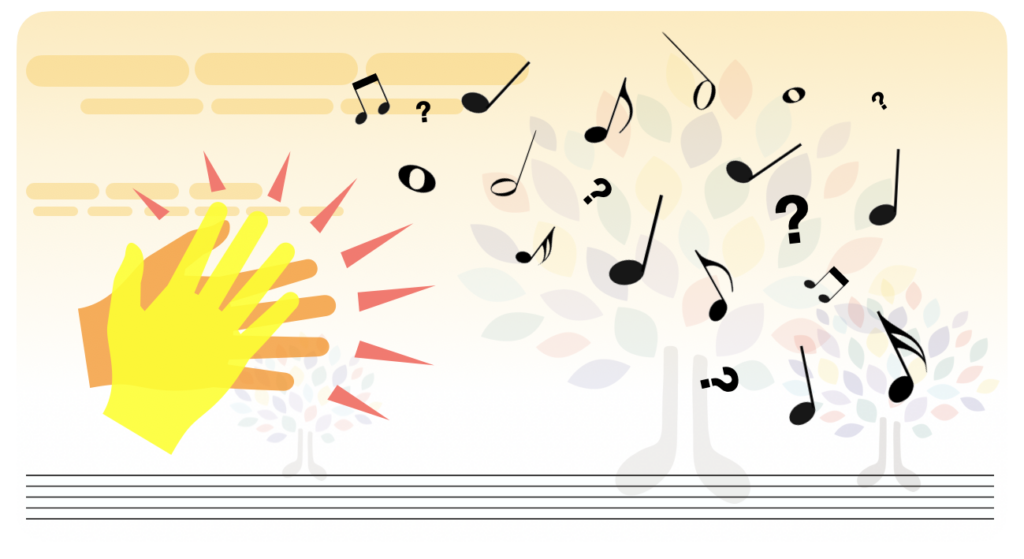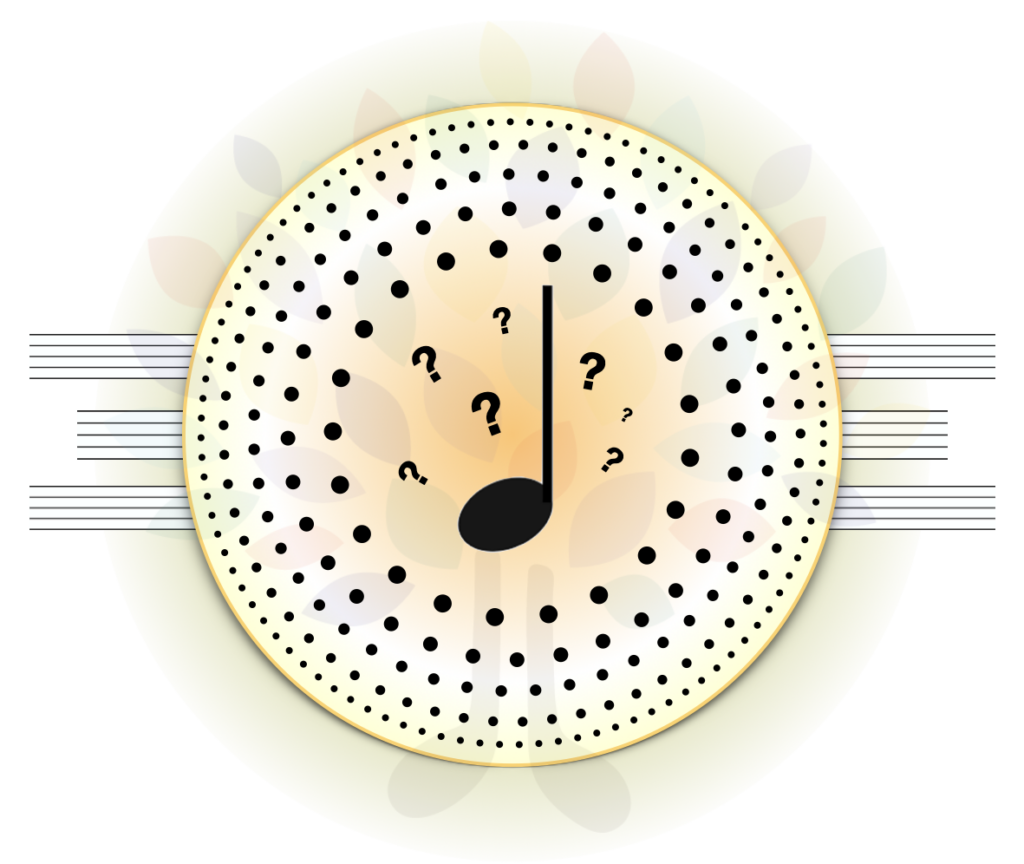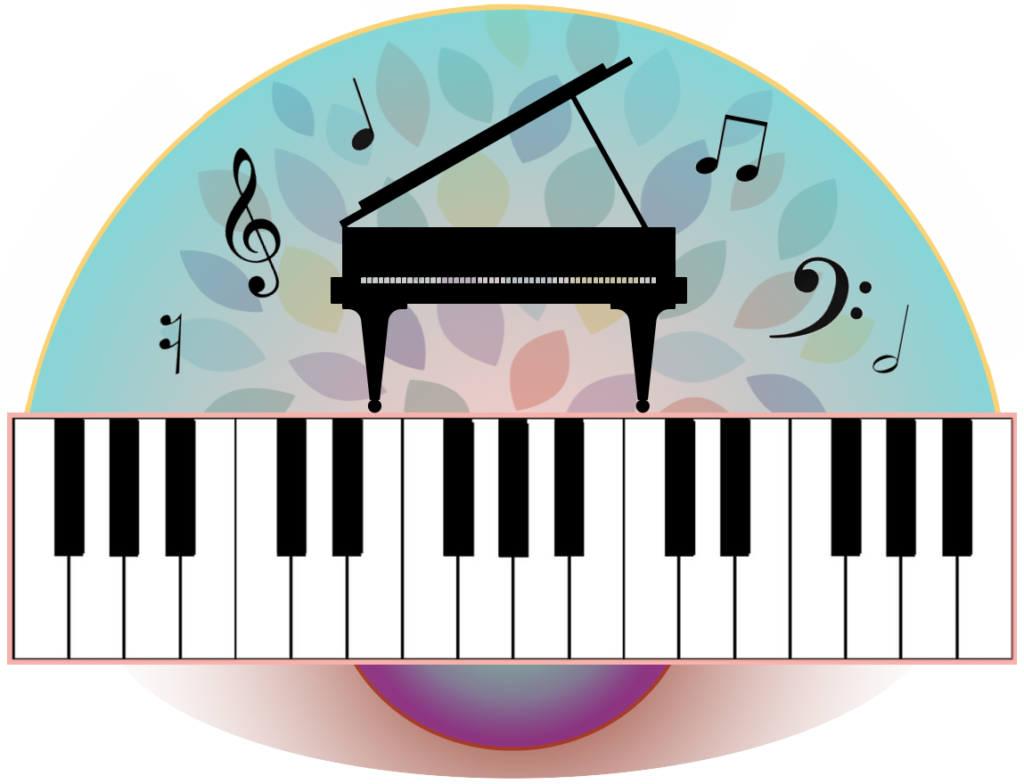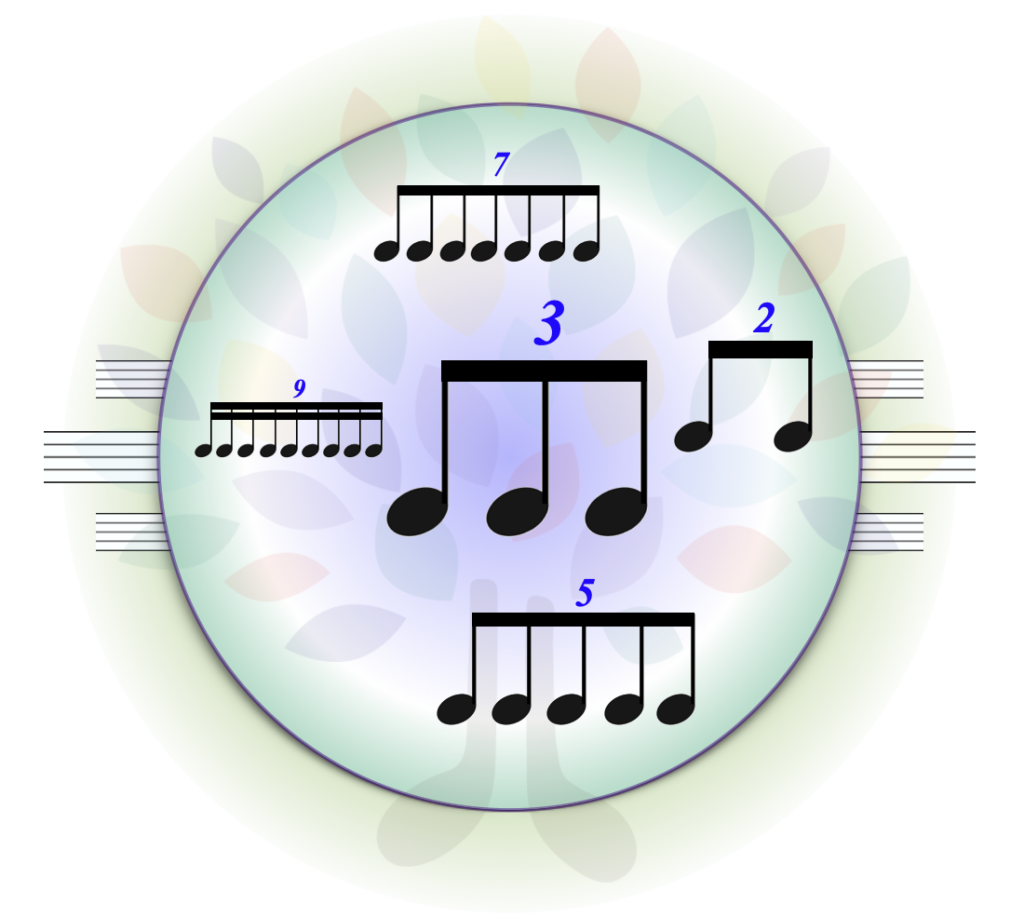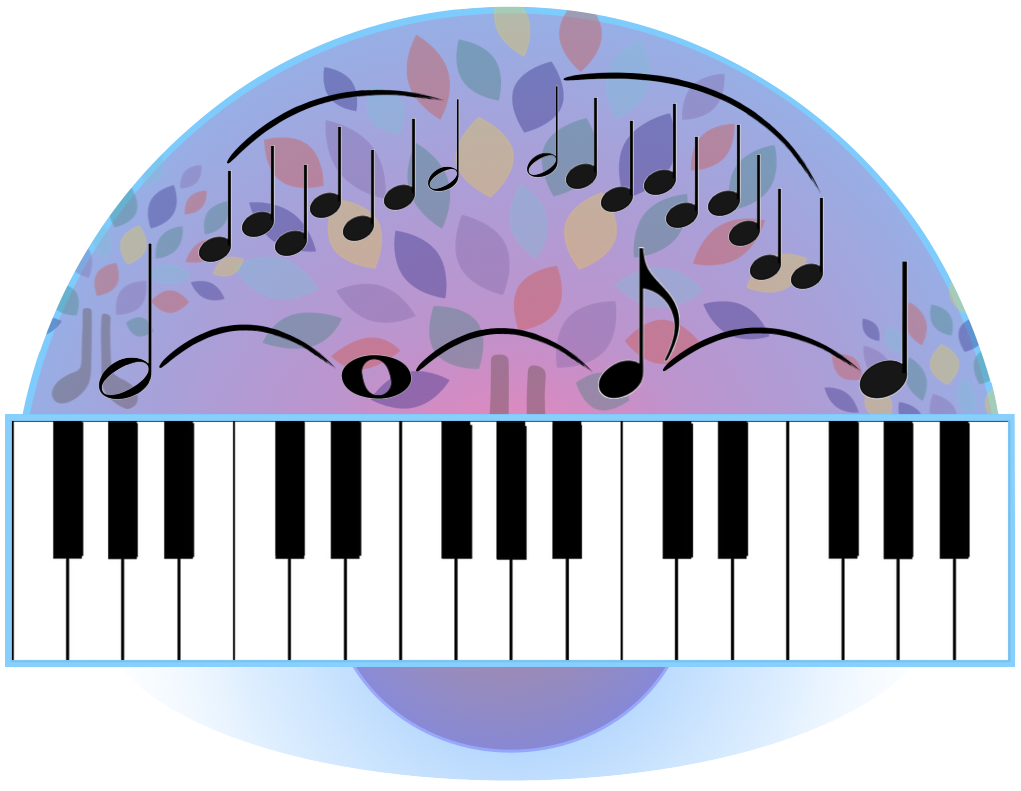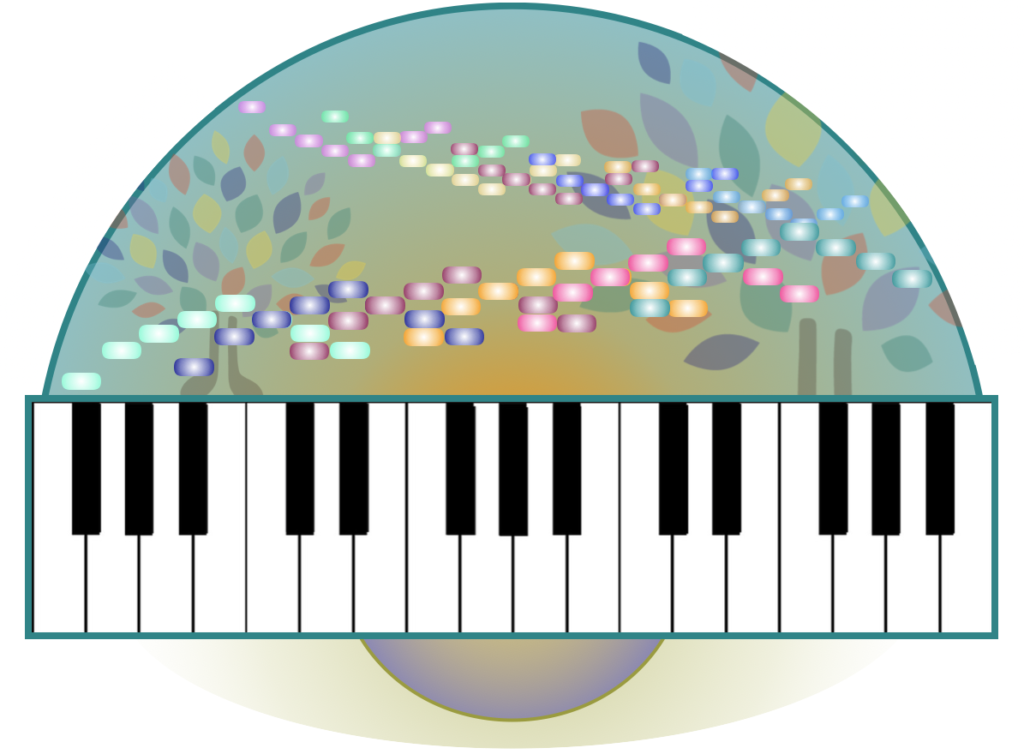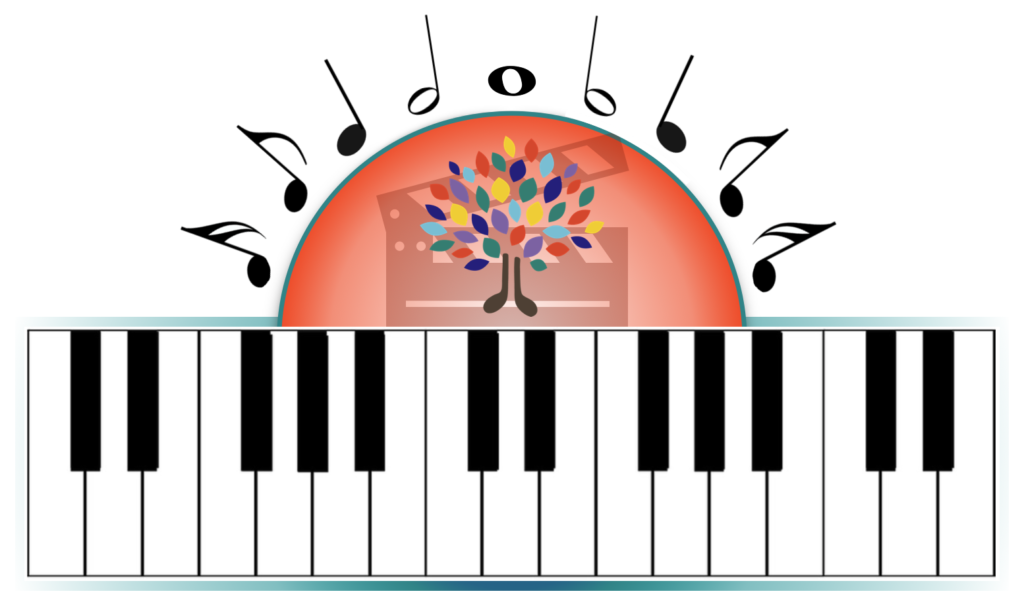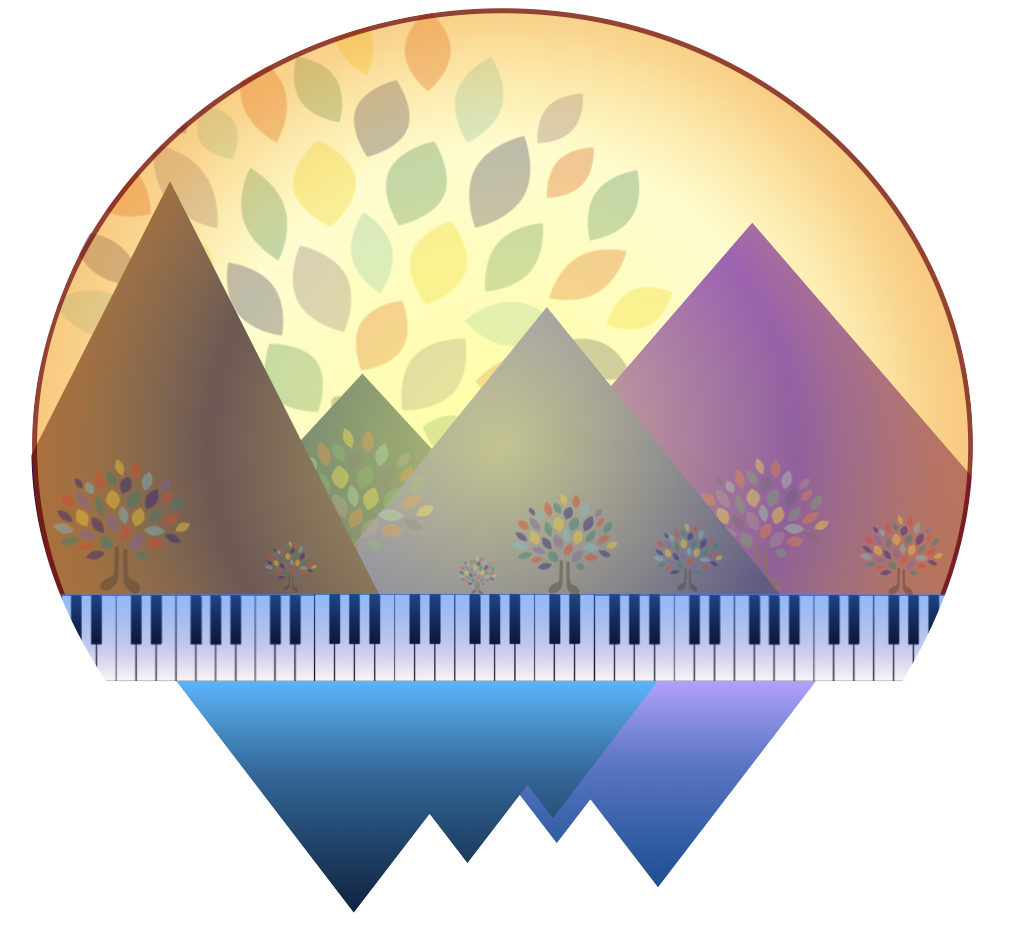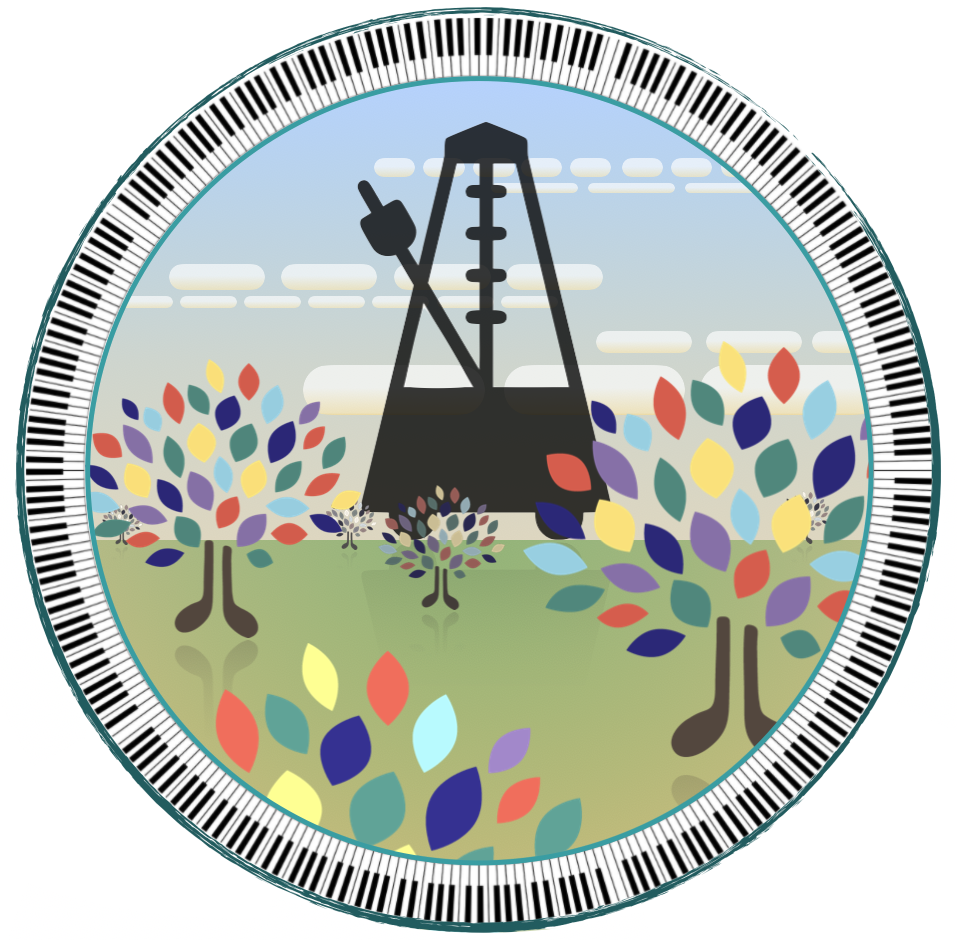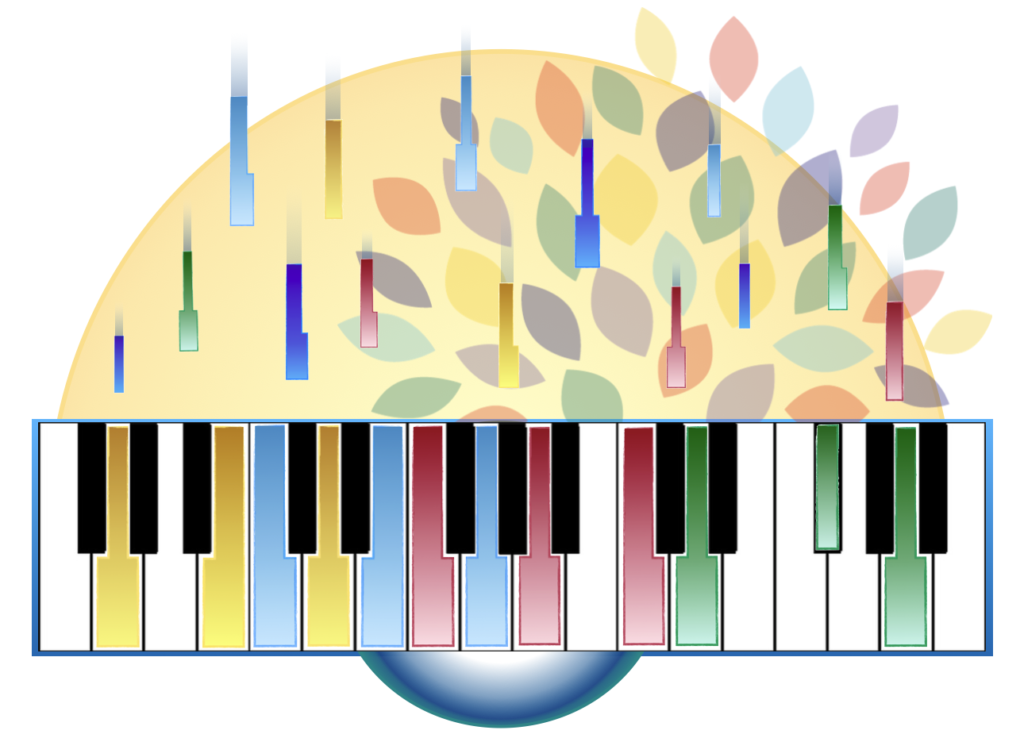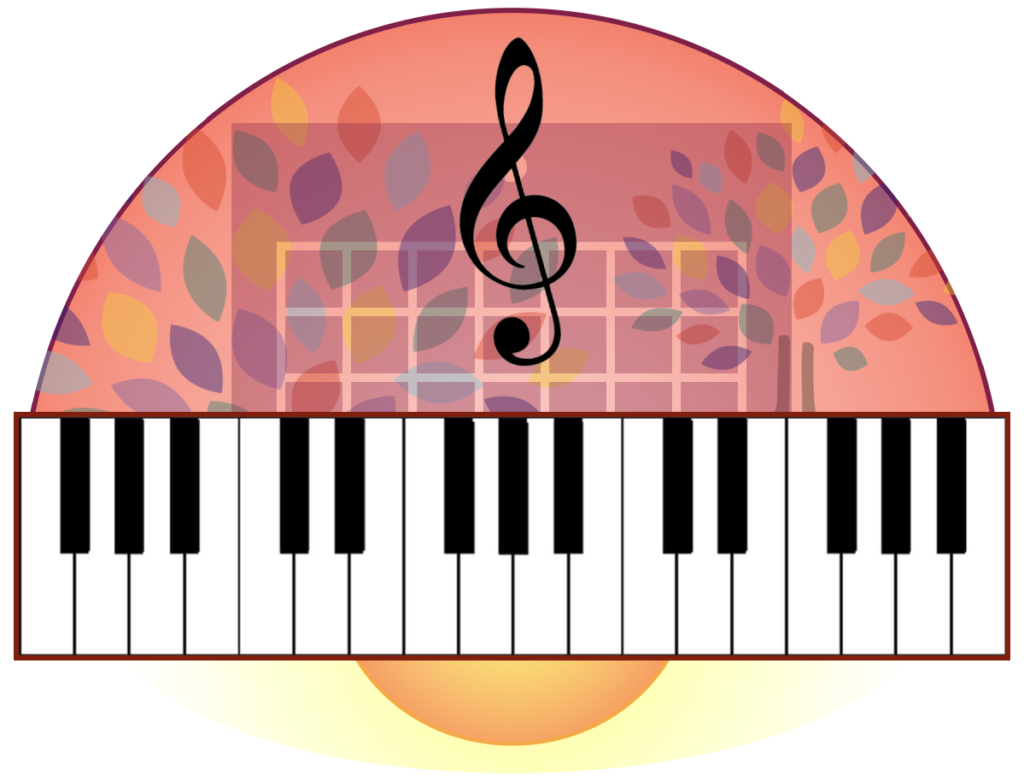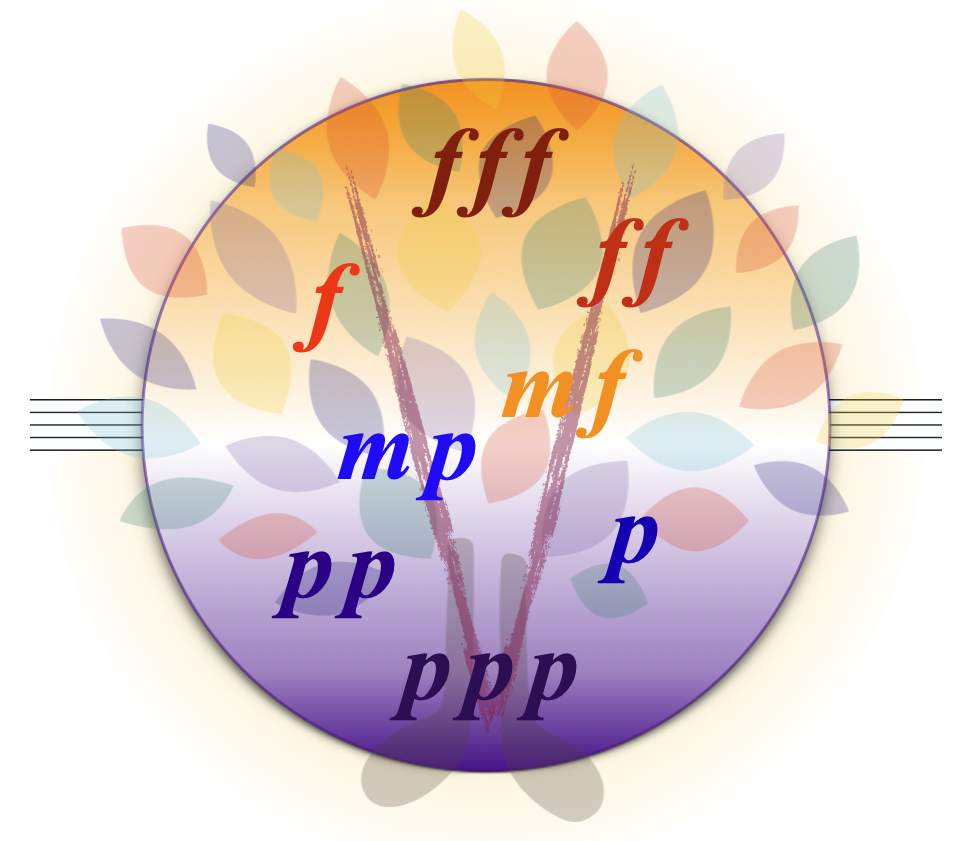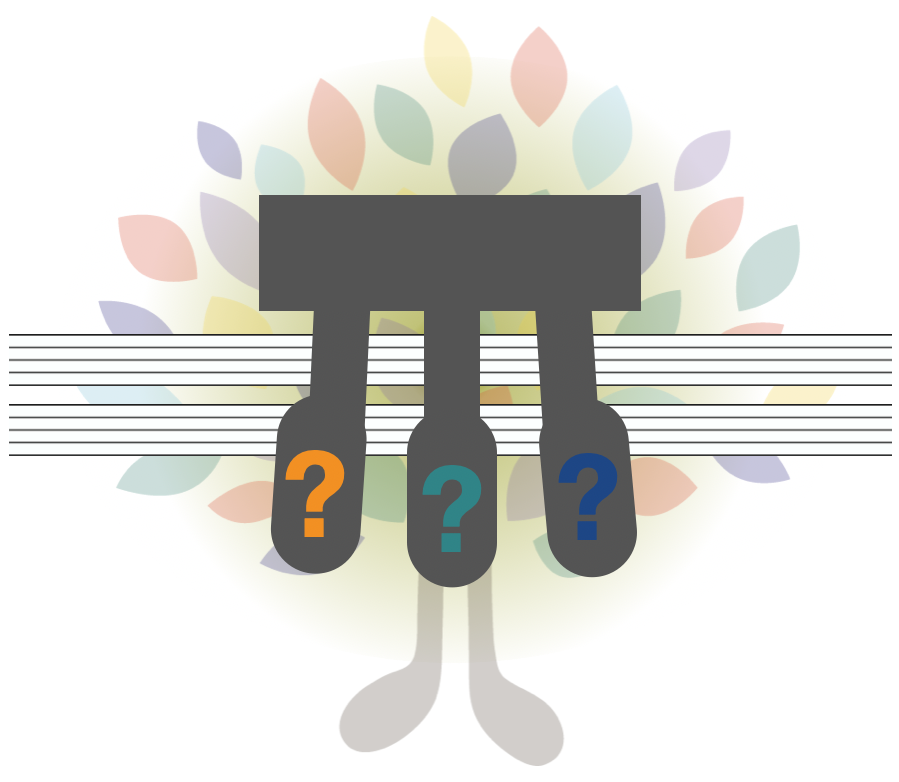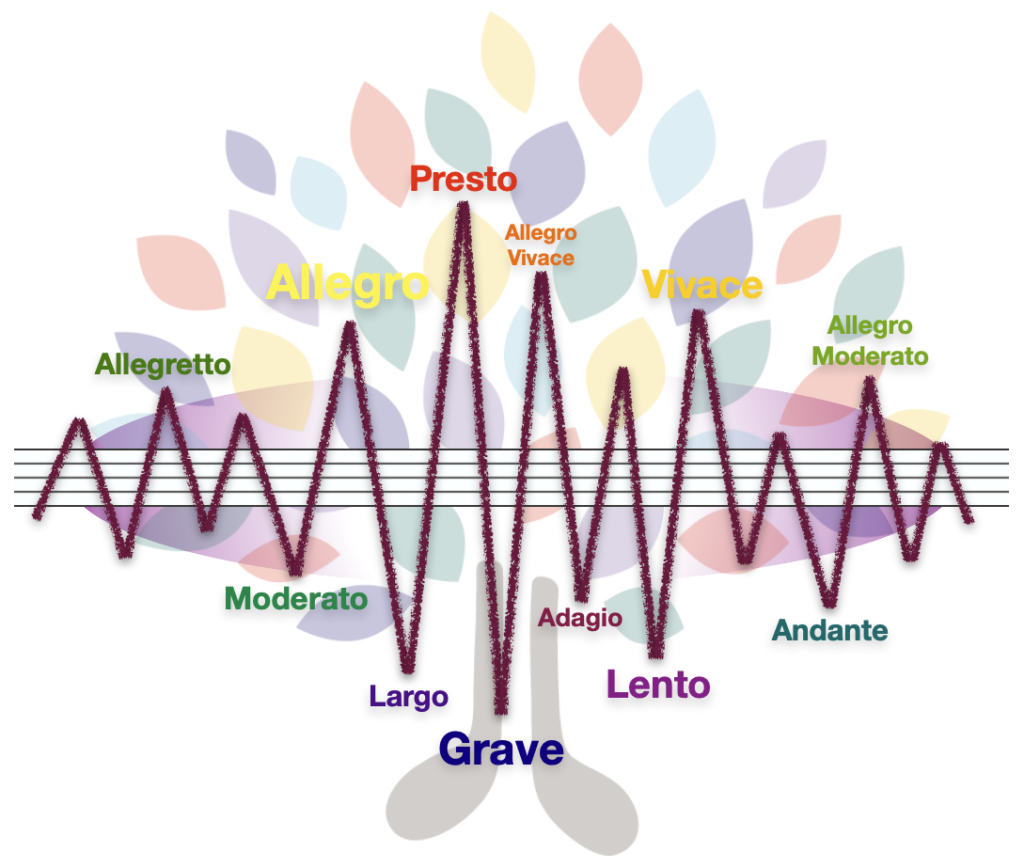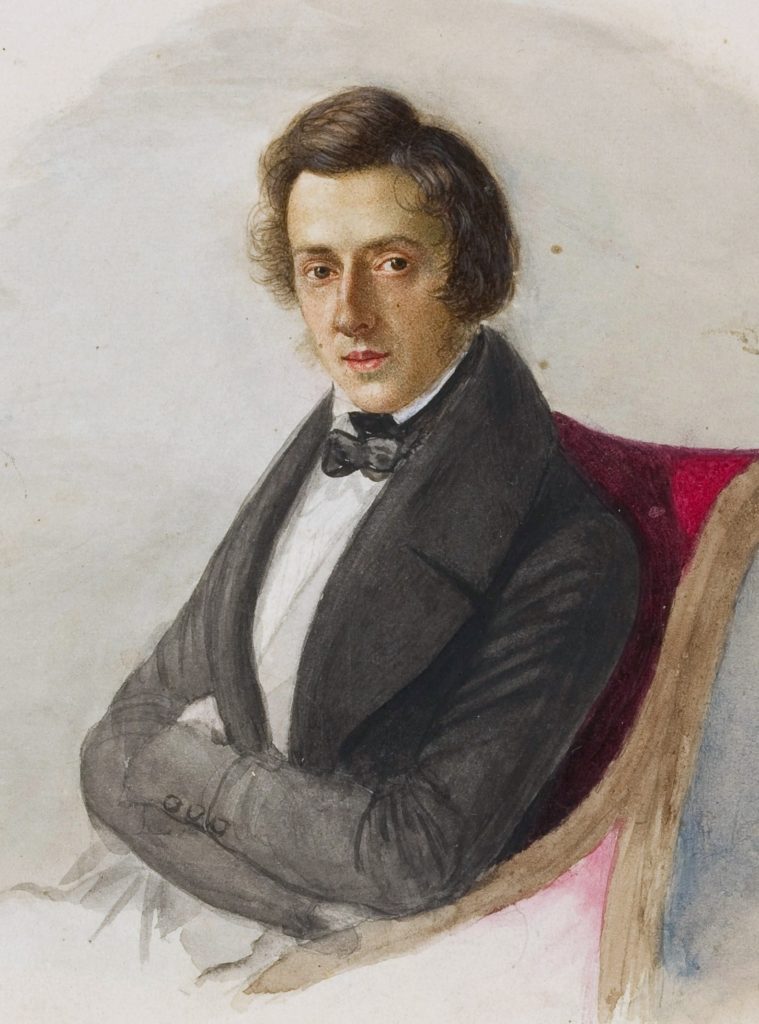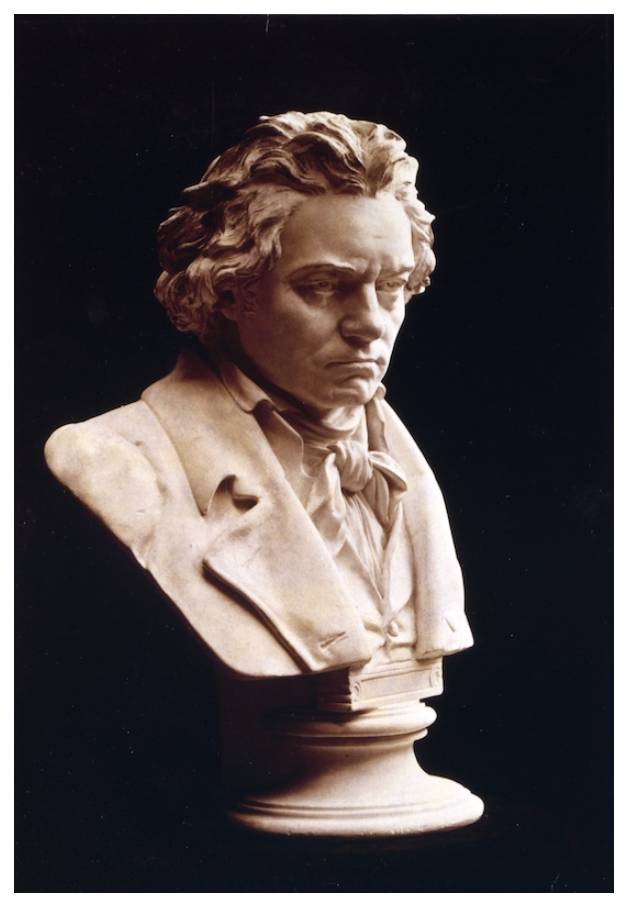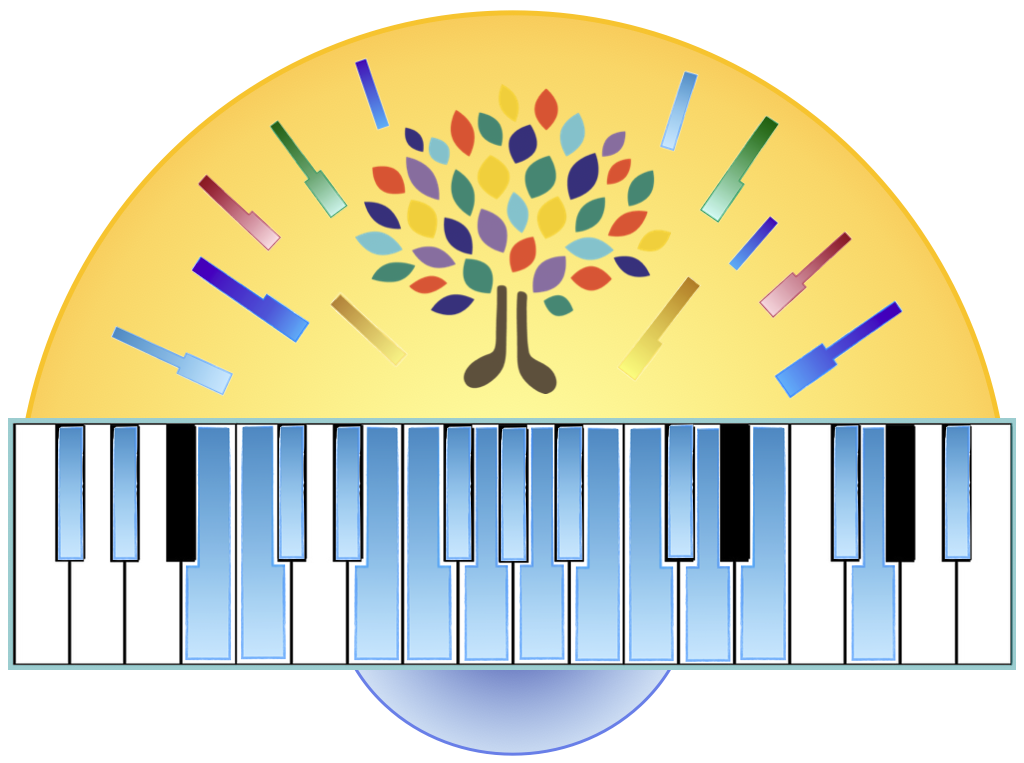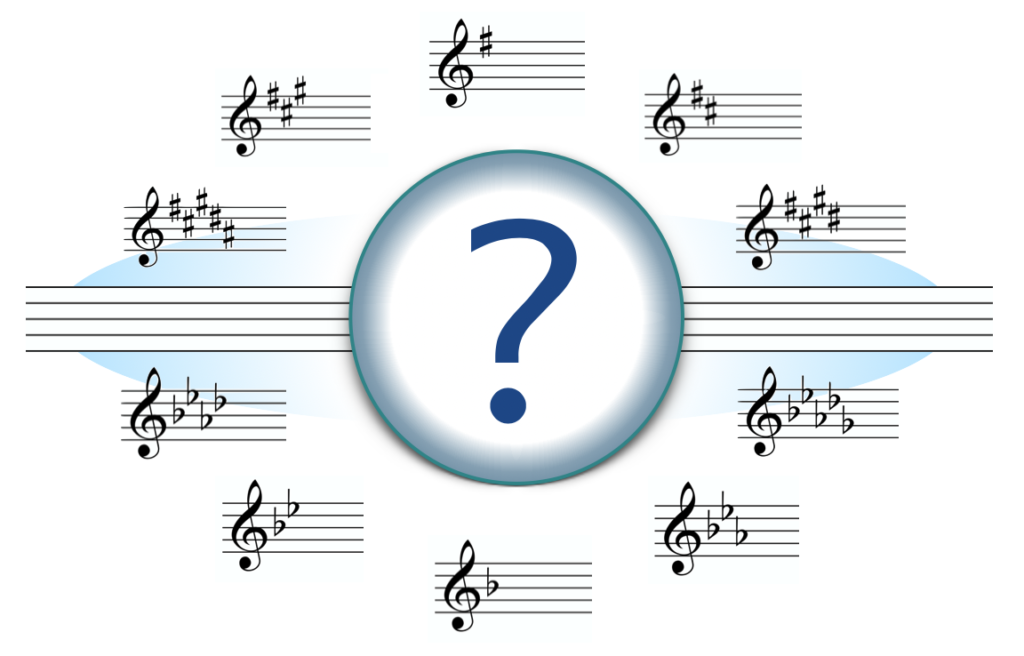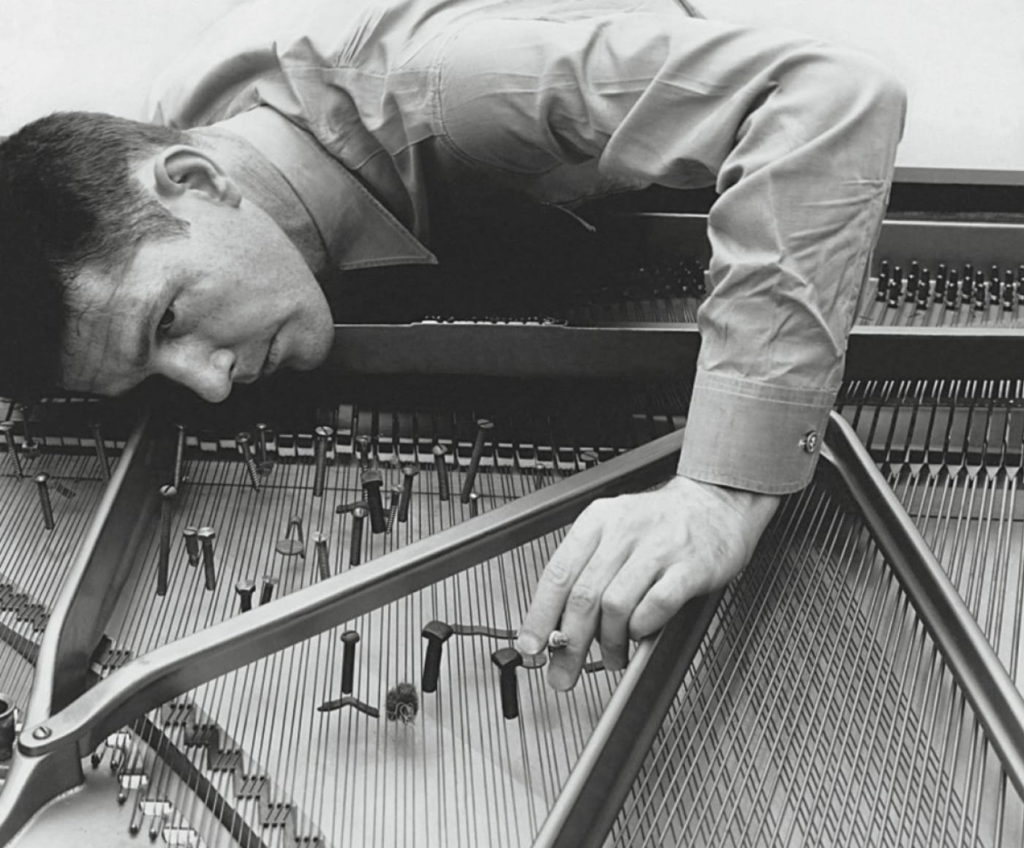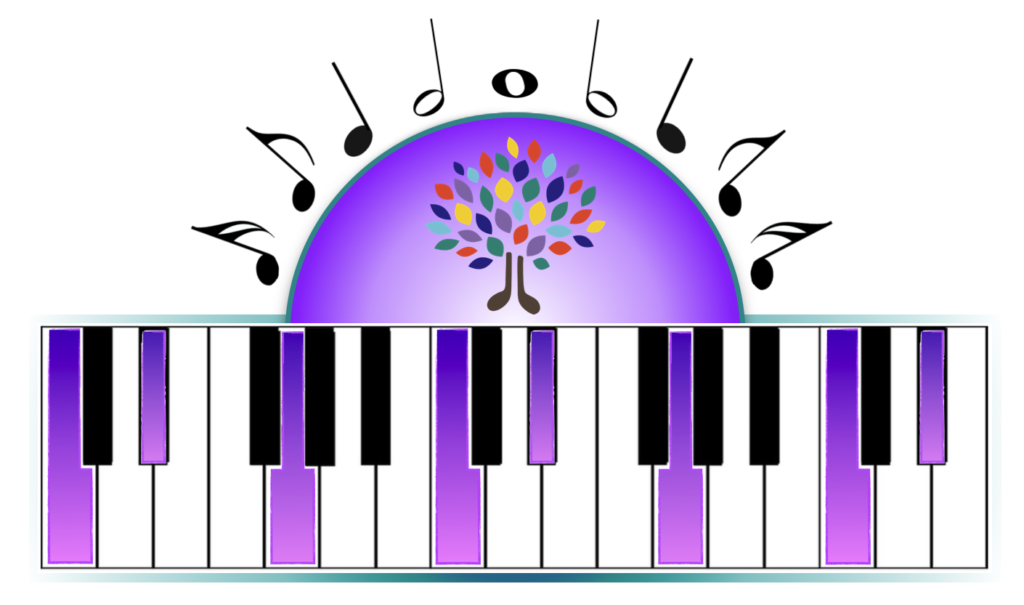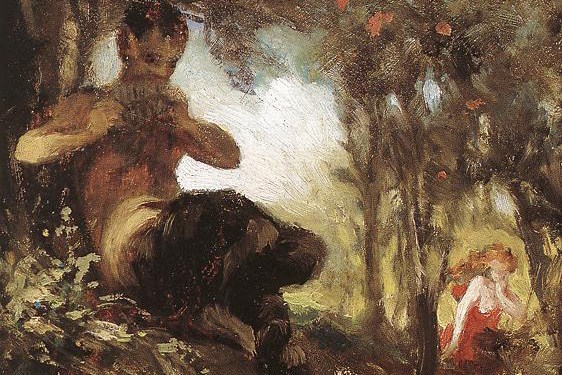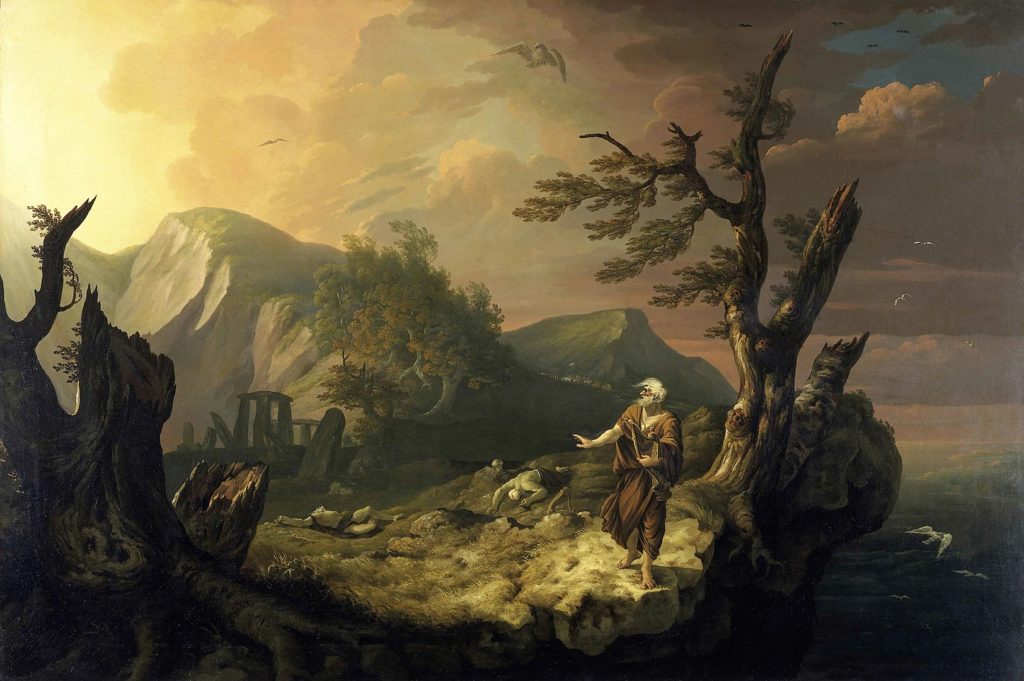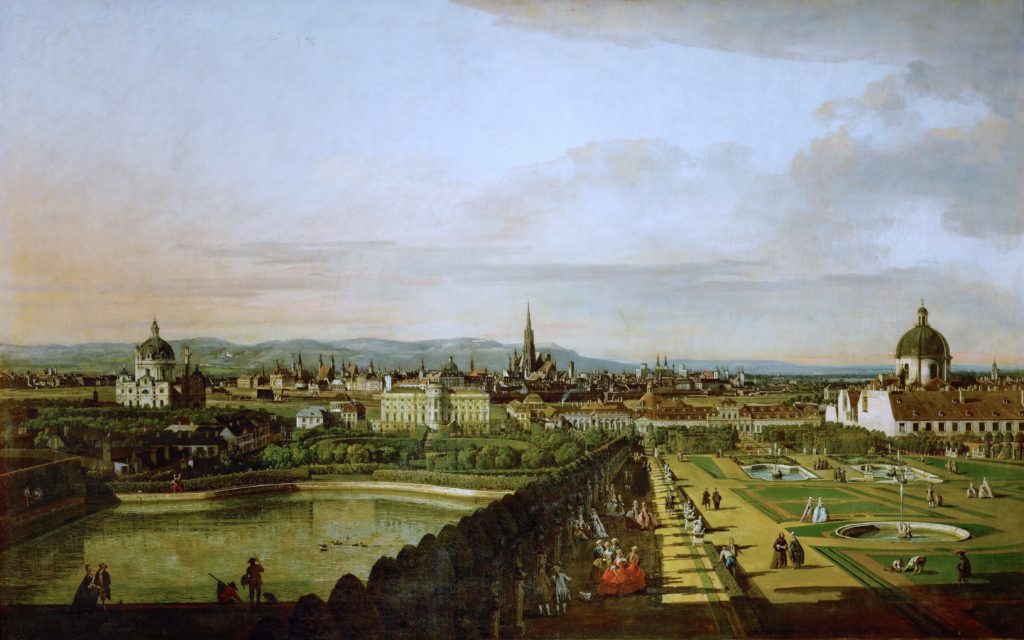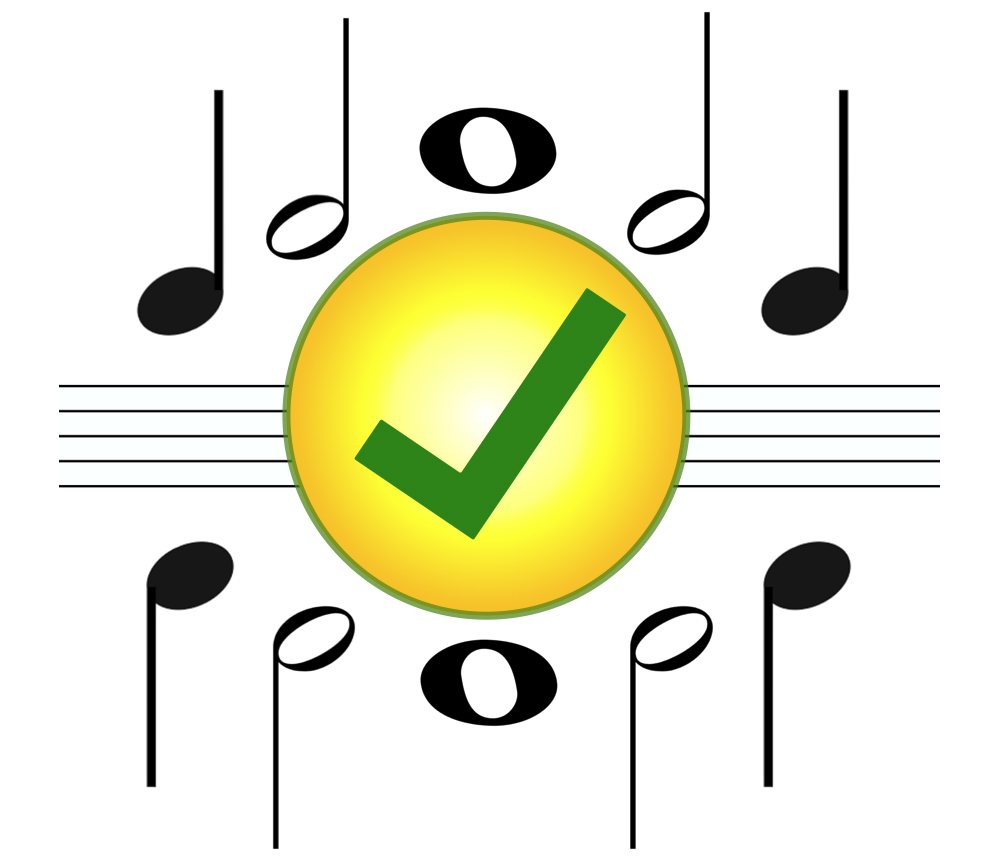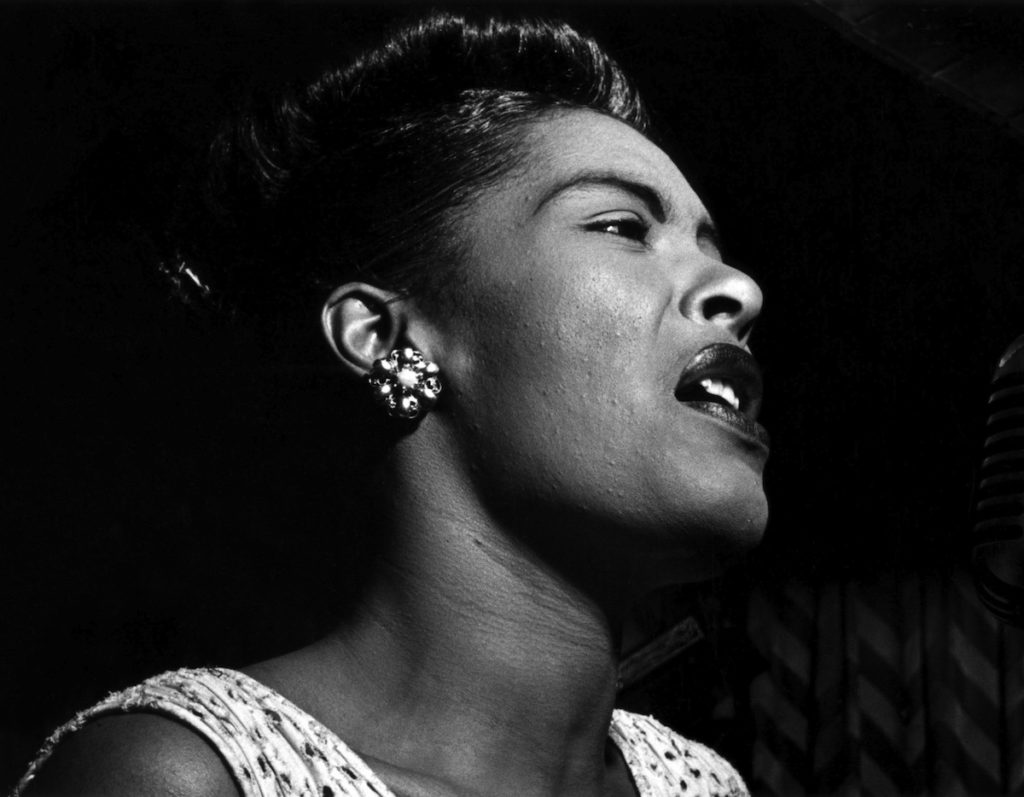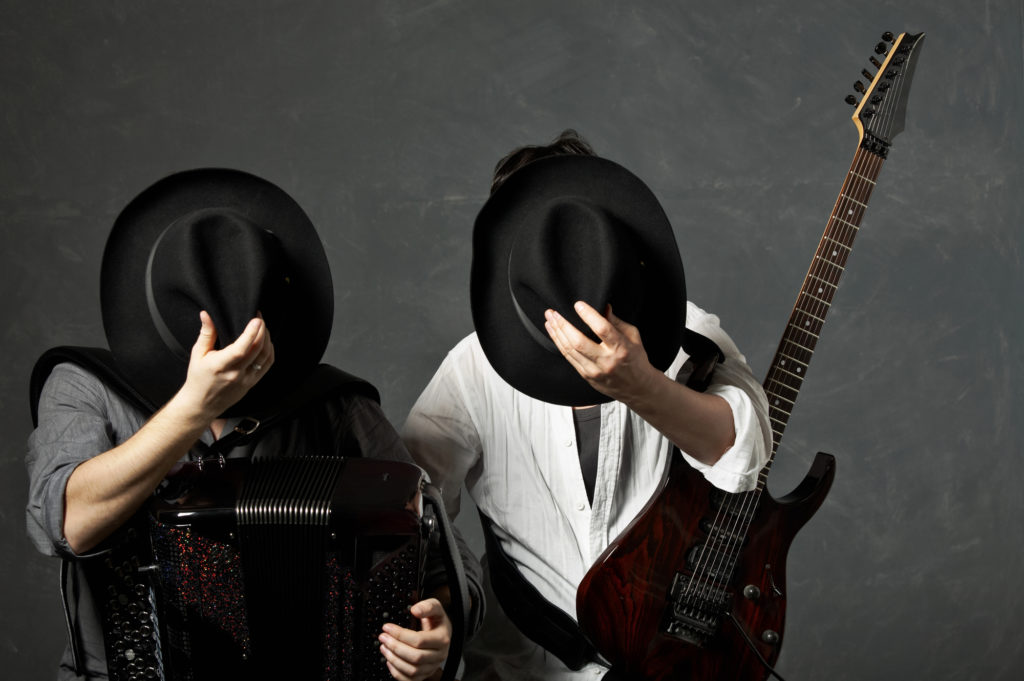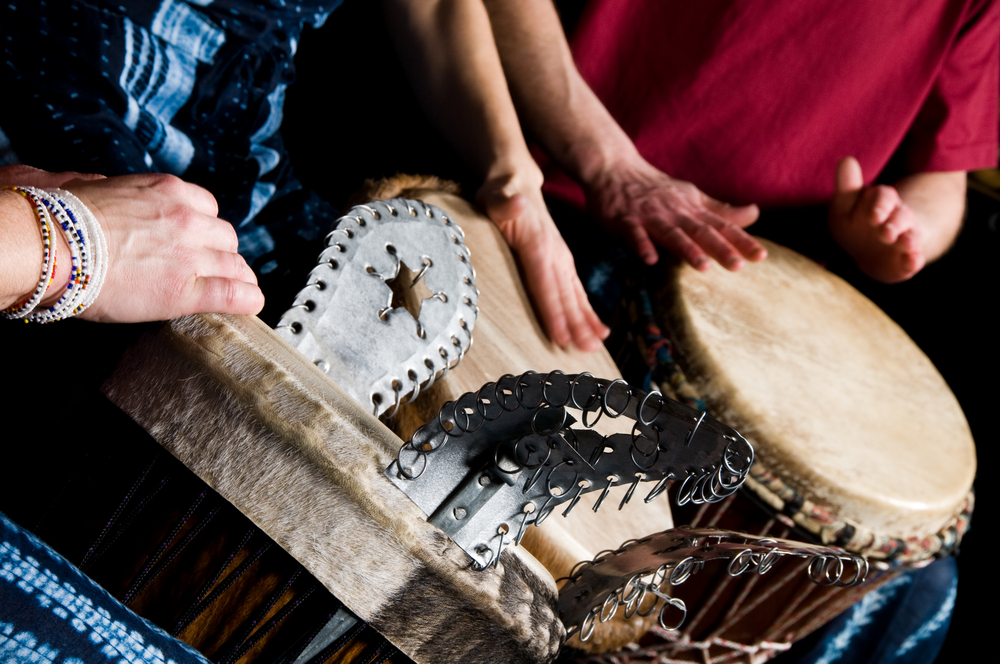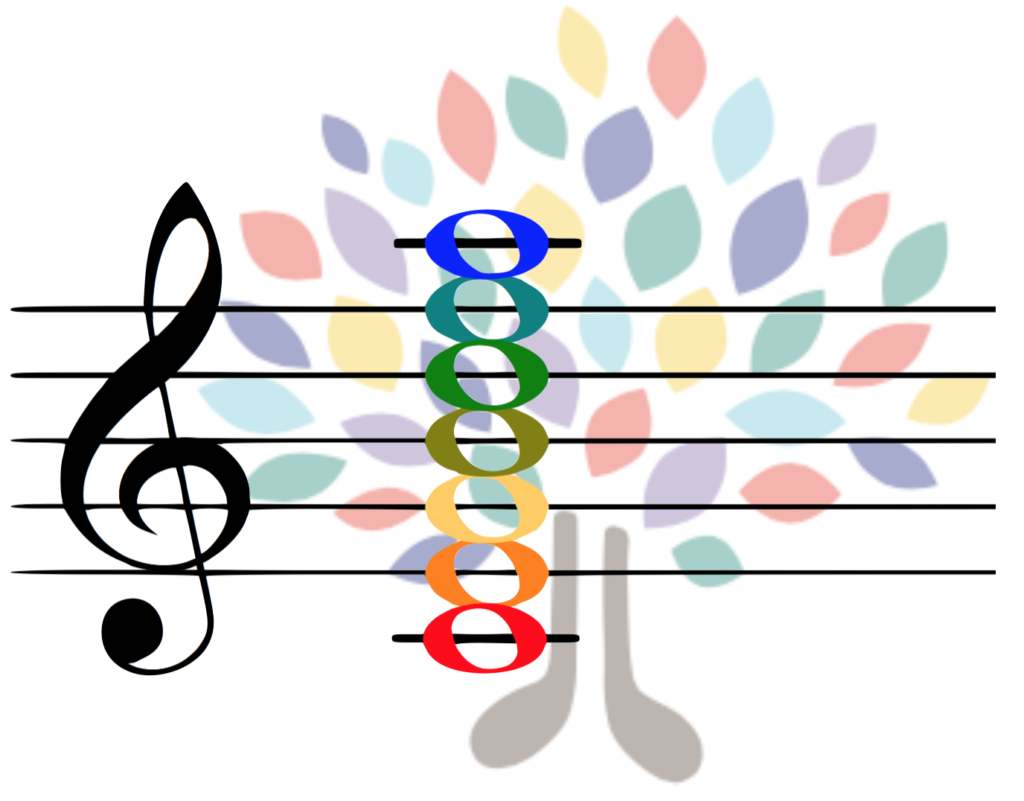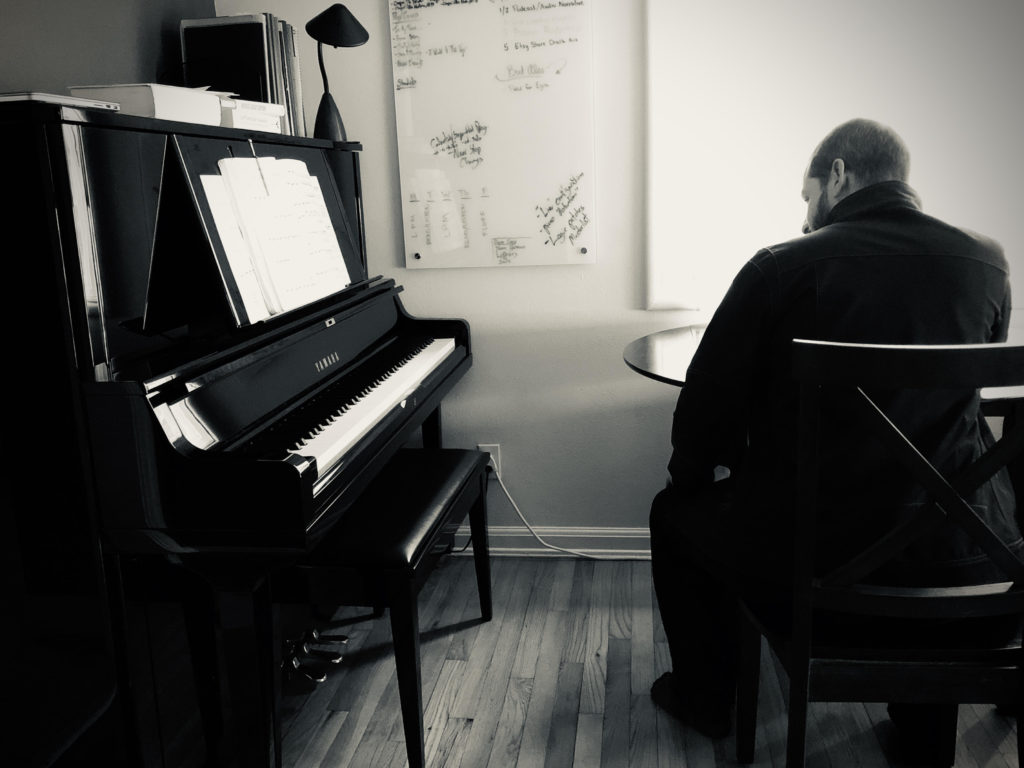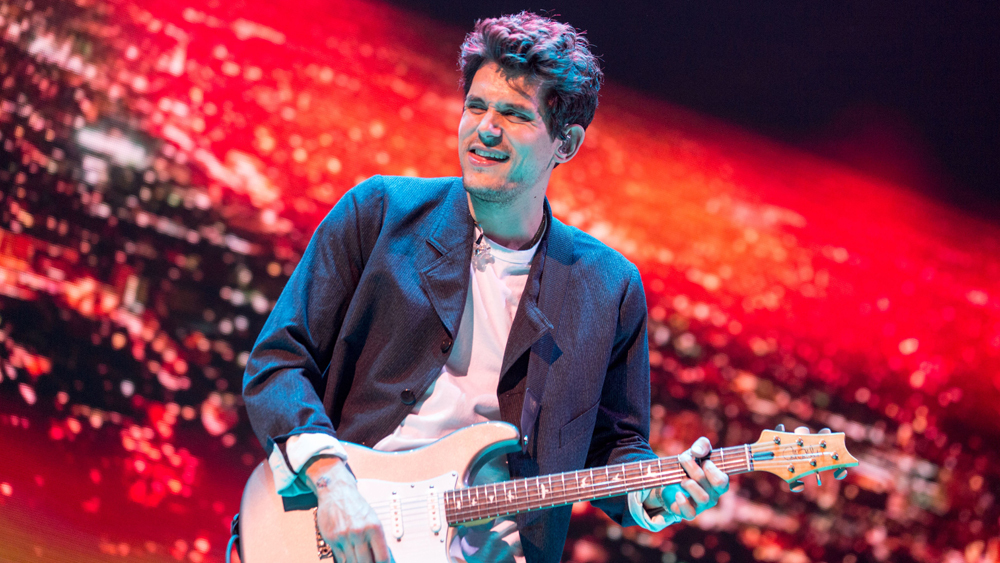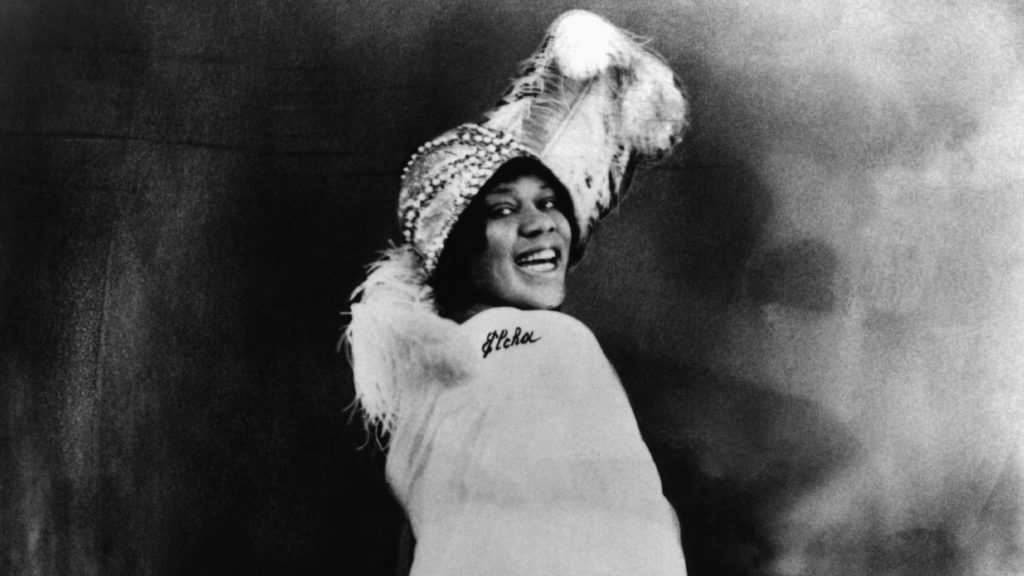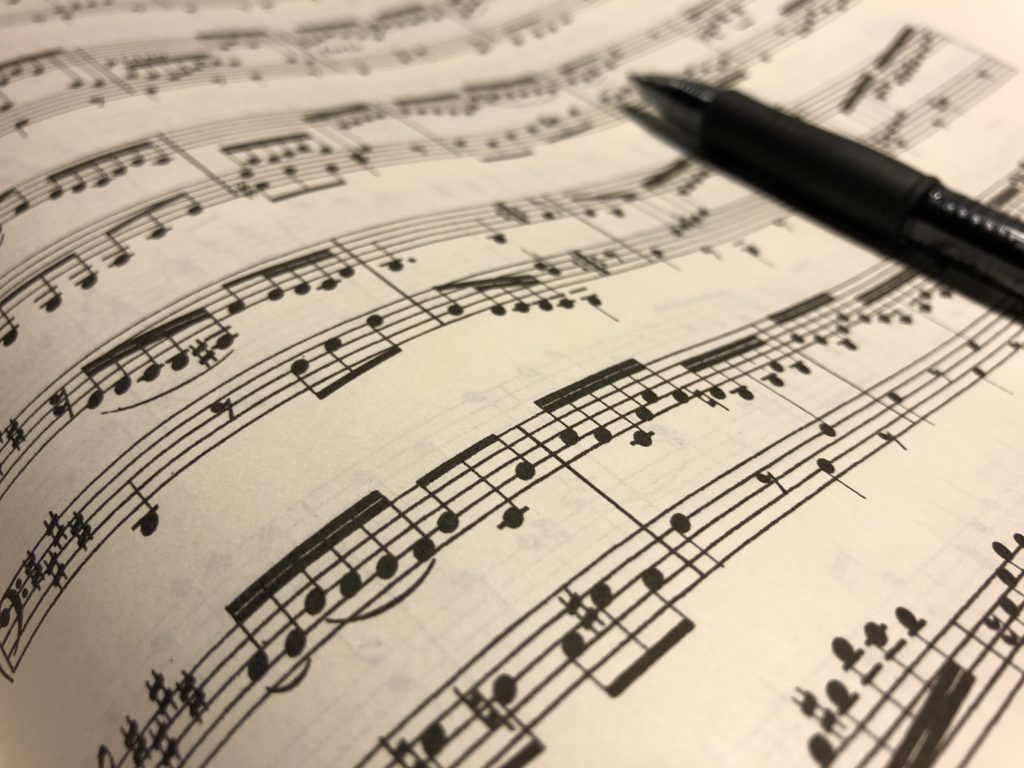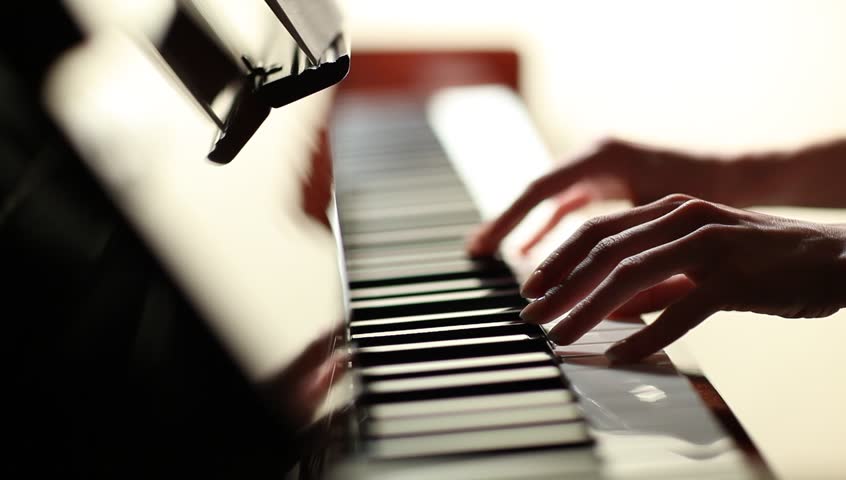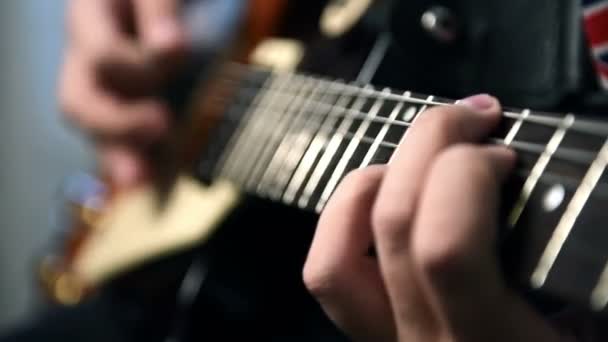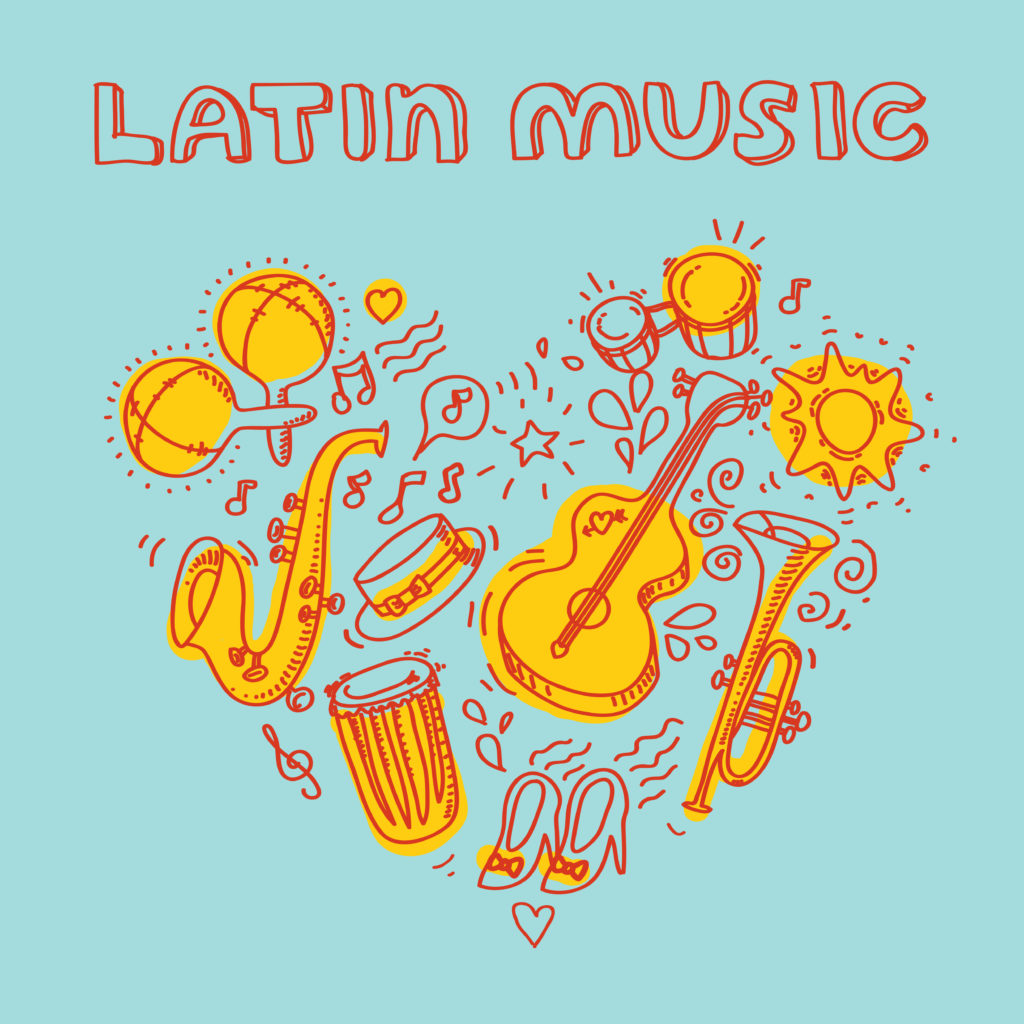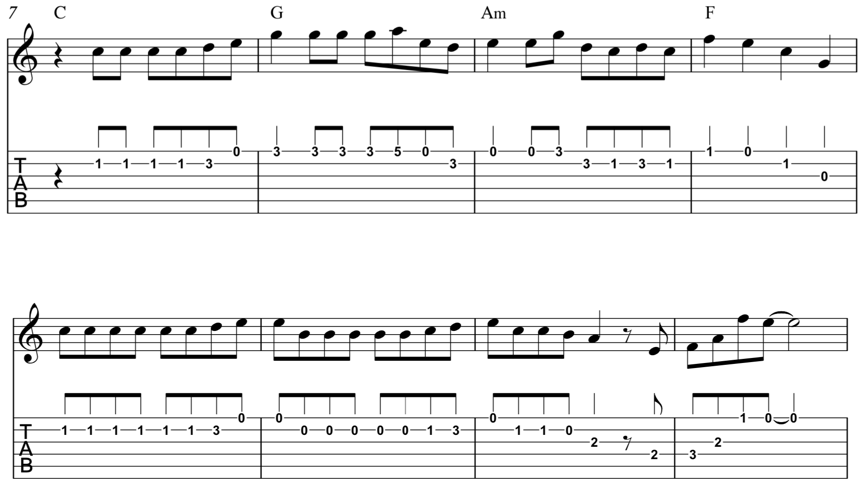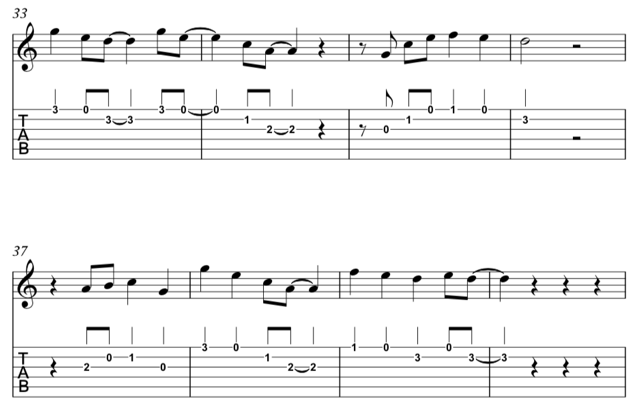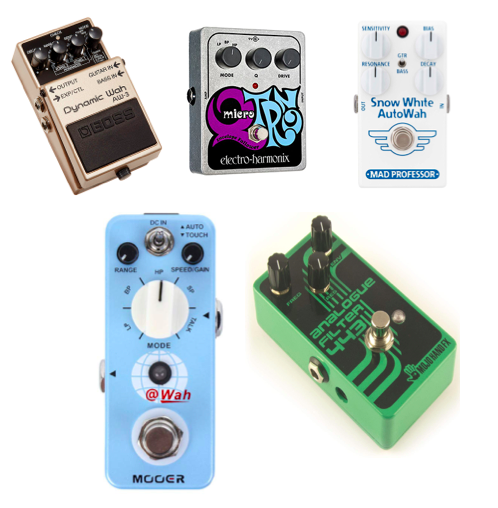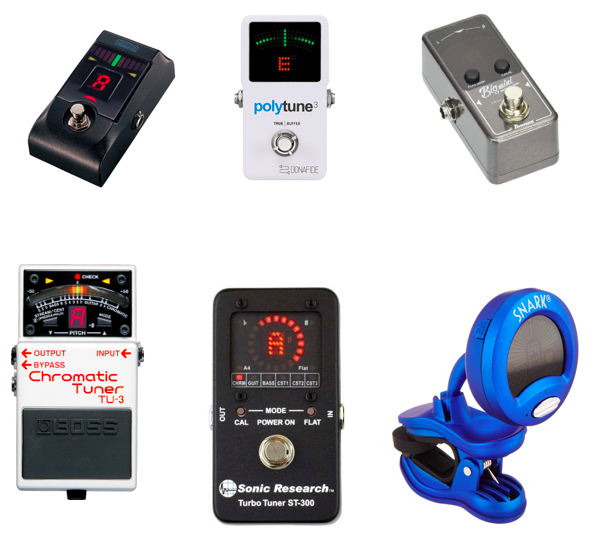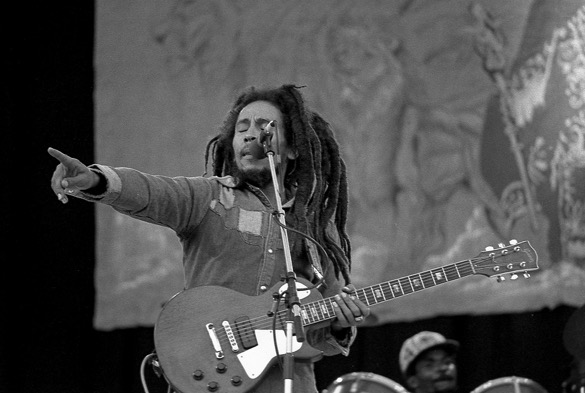All
- All
- Arts and Entertainment
- Buyer Guide
- Classical Music
- Drums
- Guitar
- Music in General
- Music Practice
- Piano
- Seasons and Reasons
- Theory
Why Clap Rhythms?
Have you ever been asked to clap the rhythms you find in your music? It might seem like a strange thing to do (especially when considering that your goal is...
How to Count 8th Notes and 16th Notes
Music needs different kinds of note values to have different kinds of rhythms. Combining a variety of different note values provides a wealth of options for different rhythms, and knowing...
The Difference Between Dots in Music
Musical language possesses a variety of different dots that work in a variety of different ways. Some dots are related to the specific lengths of notes values, while others have...
How to Get Back to Practicing Piano
A very common backstory I hear as a piano teacher goes something like this: "I started taking piano lessons when I was young, stuck with it for a while and...
What are Tuplets?
Rhythm is one of the most essential features governing how music sounds. Rhythmic variety creates depth and excitement in music, and many styles and genres of music are at least...
What’s the Difference Between Ties and Slurs?
There are two different kinds of curvy lines in music notation - ties and slurs. Both look very similar on the page, but they do very different things - knowing...
How to Play Hanon
Practicing "technical" exercises is one of the best ways to improve your physical ability to play the piano. Learning technical exercises is all about working on one or two specific...
Easy Piano: 10 Easy Movie Themes
There are lots of articles out there claiming to contain "easy" piano pieces; some of them are good, others not so much, and many try to grab you with big...
How to Play Piano Arpeggios
Arpeggios are some of the most common musical figures played at the piano. They are frequently used to give shape and movement to the harmonies in many styles of piano...
Why Use a Metronome?
A metronome is a device that emits regular clicks or beeps in a constant beat (or pulse). The clicks of a metronome are measured in "beats-per-minute," meaning that the speed...
Common Piano Chords and How to Use Them
The piano is a harmony instrument. Unlike solo line instruments such as horns or the voice, the piano can play multiple notes at once to create harmonies. Probably the easiest...
How to Choose a Weekly Practice Plan
So you've started your piano education - Congratulations! You've embarked on a lifelong journey brimming with enrichment and accomplishment. To learn an instrument is not only to reap the joy...
What are Dynamics in Music?
In music (or, more precisely, in music notation), we use a variety of symbols and written instructions to tell us how a piece of music should sound. We use notes...
What are the Piano Pedals?
"The pedal is the soul of the piano," said the famed 19th century pianist Anton Rubinstein. But wait, which pedal? Aren't there three of them? In this article we'll provide...
Common Tempo Markings
We consider a number of elements when learning a piece of music. We think about how loud the piece should be, how to count the beats, and how we should...
Composer Bios: Chopin
Few names are as closely linked to the history and performance of the piano as that of Frédéric Chopin. Called the "Raphael of the Piano," Chopin composed a rich, diverse...
What is 6/8 Time Signature?
As far as music time signatures go, you've probably seen a lot of 4/4, and a lot of 3/4, but have you ever seen a 6/8 time signature? 6/8 is...
Composer Bios: Beethoven
The name "Beethoven" is one of the most recognizable in all of classical music. Ask anyone to name a few classical composers, and among the short list you're likely to...
What are Piano Scales?
Practicing scales is one of the most commonly encountered topics when exploring ways to learn the piano. There are good reasons for this; practicing scales not only teaches you how...
What are Key Signatures?
Key signatures are some of the most commonly encountered elements of music notation. They are frequently used in western notated music, and even music beginners will probably come across them...
The Postmodern Period
Music historians regularly disagree on dates and periodization in Western Classical Music, but the current general consensus is that we are, at this moment in time, enjoying the Postmodern Period...
Easy Piano: 10 Easy Minor Pieces
There are lots of articles out there claiming to contain "easy" piano pieces; some of them are good, others not so much, and many try to grab you with big...
The Modern Period
The Modern Period in Western music history lasted from approximately 1890 to 1945. As with Romanticism, Modernism is both a historical time period as well as a philosophical aesthetic. In...
The Romantic Period
The Romantic Period, spanning from around 1820 to 1910, contains some of the most beloved music from the classical music tradition. A lot of music from this time period is...
The Classical Period
The Classical Period follows the Baroque and lasts approximately from 1750 to 1820. Many of the traditional practices of Western Music as we know it were codified during the Classical...
The Baroque Period
The Baroque Period of Western music history saw the development of many of the instruments and performing techniques we still use today. In modern times, budding musicians study the compositional...
How to Read Music – Part 2
Section 1: Rests and Ties In Part 1 of this article series we learned how to decipher music notation in time (horizontally) and in pitch (vertically). This duet of understanding...
How to Read Music – Part 1
Have you ever wanted to learn to play an instrument, but hesitated at the thought of learning to read music? All those dots and lines and funny little symbols…. it...
Strange Fruit: Black Lives in American Music
Maybe you have heard about protests happening in the streets of the United States and elsewhere in the world, protests against police violence towards African Americans. Here at Liberty Park...
How to Help Musicians During Times of Quarantine
The recent COVID-19 pandemic has changed many things, and people around the world are struggling. Artists and performers are one group that have been hit hard economically. Many musicians make...
An Introduction to Latin Music: Cumbia History
One of the most popular dances in Latin America, cumbia has come a long way since its early development among African communities along the pacific coast of Colombia. It is...
Reading Chord Symbols: A Pianist’s Guide
The piano is a "harmony" instrument, meaning that we can play many notes at once. Certain combinations of notes give us harmonies that we call chords, and the ability to...
Practicing to Sound like John Mayer
John Mayer is arguably one of the most influential guitarists of our time and has shown this through his technical ability, songwriting skills, and paying homage to the great blues...
Classic Female Blues and Race Records
At the end of our previous article of this Blues series, we saw the beginning of the adoption of the term “blues” within the sheet music industry. The increased use...
The Birth of the Blues
Without a doubt, modern music has come a long way since the first musical recordings made in the late 19th century, but certain forms of music from that time period...
How to Memorize Music: A Pianist’s Guide
Introduction Have you ever watched a great pianist perform a complicated piece from memory? Impressive, isn’t it? All those notes and details, perfectly remembered and then fantastically re-created in the...
6 Excellent Practicing Strategies Commonly Missed by Pianists
Introduction Why do we practice music? Your answer may be something to the effect of, “well, we practice so that we can play the music,” which is pretty much correct,...
10 Tips for Guitar Players with Small Hands
Large hands with long fingers are common physical traits found amongst some of the best guitar players. Just do a quick Google search and look at the hands of Paul...
An Introduction to Cha-cha-chá Drumming: Rhythms and Applications
Now that we have a basic understanding of the history of cha-cha-chá music we will take a more practical approach to how it is played. We will assess the percussion...
I’m Yours by Jason Mraz – Learning to Arrange for Solo Guitar
So far we have learned how each note of the C major scale feels and sounds when it is played over each chord in the progression. As you become more...
Can You Feel the Love Tonight Solo Guitar Arrangement
The Elton John classic, “Can you feel the love tonight,” is most famous for its feature in Disney’s The Lion King and is a massive part of many people’s childhood,...
Guitar Effect Pedals – Auto Wah Pedals
The Auto Wah effect is like the lazy younger brother of the standard Wah Wah. First of all, Auto Wah pedals come in much smaller casings than a Wah Wah...
Guitar Effect Pedals – Tuner Pedals
In our series of articles for guitar pedals, we’ve looked at effects like Overdrive, Distortion, Delay, Fuzz, and many other fun effects. However, we’ve neglected to look at possibly the...
No Woman No Cry Solo Guitar Arrangement
"No woman no cry," one of Bob Marley’s most famous songs, was released in 1975 as a Live single. It is proof that simplicity can be effective, as its repetitive,...

